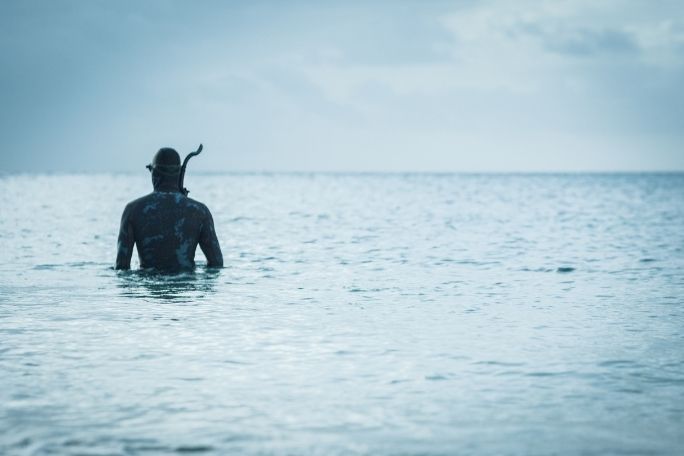Lesson summary
This lesson incorporates clips from Blue The Film as learning inspiration. In this Tuning In lesson, students use a series of visible thinking routines to explore their connection to the ocean and the impact of plastic on ocean ecosystems. They will begin to learn about how images communicate meaning. Students will consider ways the ocean is changing as a result of human activities and critically reflect on their own responses to this information. Students will develop their linguistic and non-linguistic communication skills by representing the issue of ocean health in an abstract or creative way.
Learning intentions:
Students will...
- understand some of the ways that scientists can help our environment
- recognise some of the roles that scientists perform, and some of the skills and knowledge they require.
Success criteria:
Students can...
- explain how some images make them think and feel certain things and can identify elements of the images that evoke these thoughts and feelings
- explain elements of the role the ocean plays in the world
- communicate their thoughts or feelings about oceans or ocean change.
Lesson guides and printables
Lesson details
Curriculum mapping
Australian curriculum content (8.4) descriptions:
Year 7 English:
- Understand how language is used to evaluate texts and how evaluations about a text can be substantiated by reference to the text and other sources (ACELA1782).
- Use comprehension strategies to interpret, analyse and synthesise ideas and information, critiquing ideas and issues from a variety of textual sources (ACELY1723).
Syllabus outcomes: EN4-2A
General capabilities: Literacy, Personal and Social Capability, Ethical Understanding, Critical and Creative Thinking, Information and Communication Technology (ICT) Capability
Cross-curriculum priority: Sustainability OI.7, OI.9
Relevant parts of Year 7 English achievement standards: Students demonstrate understanding of how the choice of language features, images and vocabulary affects meaning. They select specific details from texts to develop their own response, recognising that texts reflect different viewpoints. Students create texts showing how language features and images from other texts can be combined for effect. They make presentations and contribute actively to class and group discussions, using language features to engage the audience.
Unit of work: Blue The Film: Our Oceans and Our Future
Time required: 60 mins.
Resources required
- Student Worksheet – one per student
- Device capable of presenting a clip to the class
- Lesson Presentation
- Ocean Images Handout (optional)
- Our Oceans Factsheet (optional)
- Ocean Change Factsheet (optional)
Skills
This lesson is designed to build students’ competencies in the following skills:
- Communication
- Critical thinking
- Global citizenship
- Initiative
- Problem solving
Additional info
Level of teacher scaffolding: Low – lead students in discussion.
Blue is a feature documentary film charting the drastic decline in the health of our oceans. With more than half of all marine life lost and the expansion of the industrialization of the seas, the film sets out the challenges we are facing and the opportunities for positive change. Blue changes the way we think about our liquid world and inspires the audience to action. Find out how to screen or download the film here. Along with the film is an ambitious global campaign to create advocacy and behaviour change through the #oceanguardian movement. To become an ocean guardian, see the website.


Welcome back!
Don't have an account yet?
Log in with:
By signing up to Cool.org you consent and agree to Cool's privacy policy to
store, manage and process your personal information. To read more, please see
our privacy policy here(Opens in new tab).
Create your free Cool.org account.
Many of our resources are free, with an option to upgrade to Cool+ for premium content.
Already have an account?
Sign up with:
By signing up to Cool.org you consent and agree to Cool's privacy policy to
store, manage and process your personal information. To read more, please see
our privacy policy here(Opens in new tab).